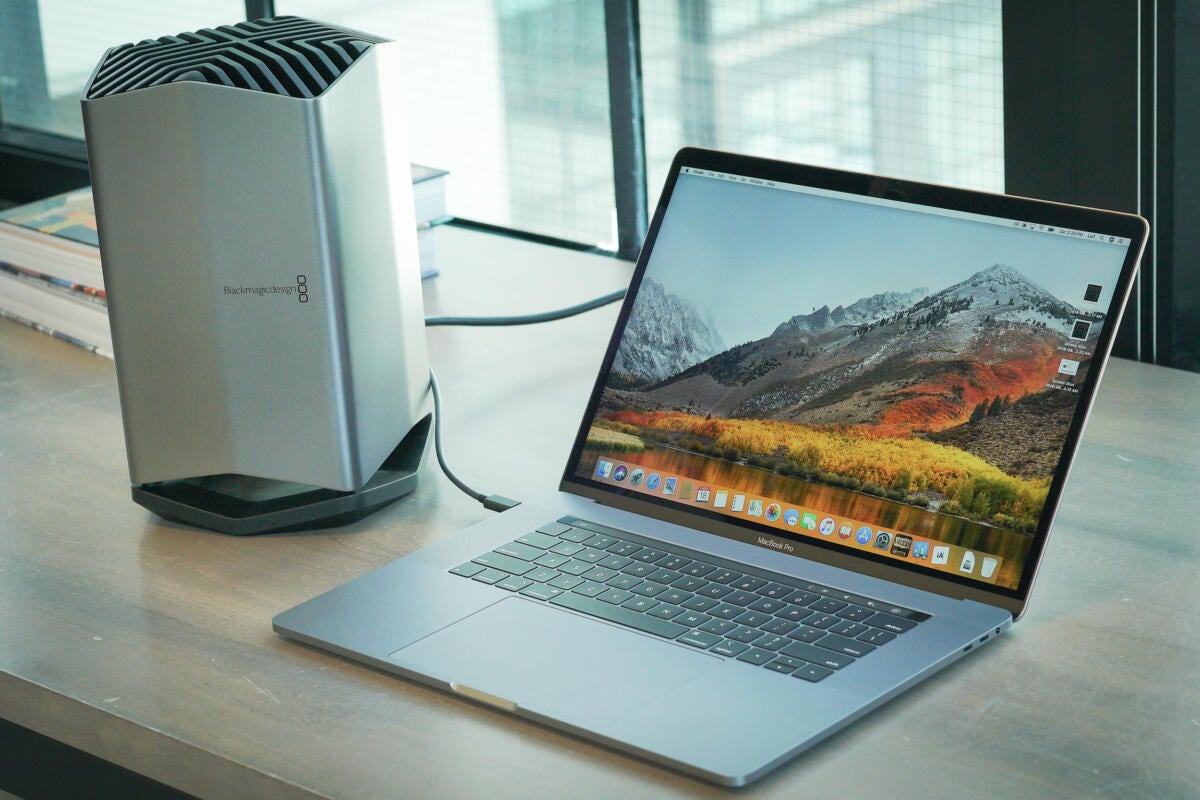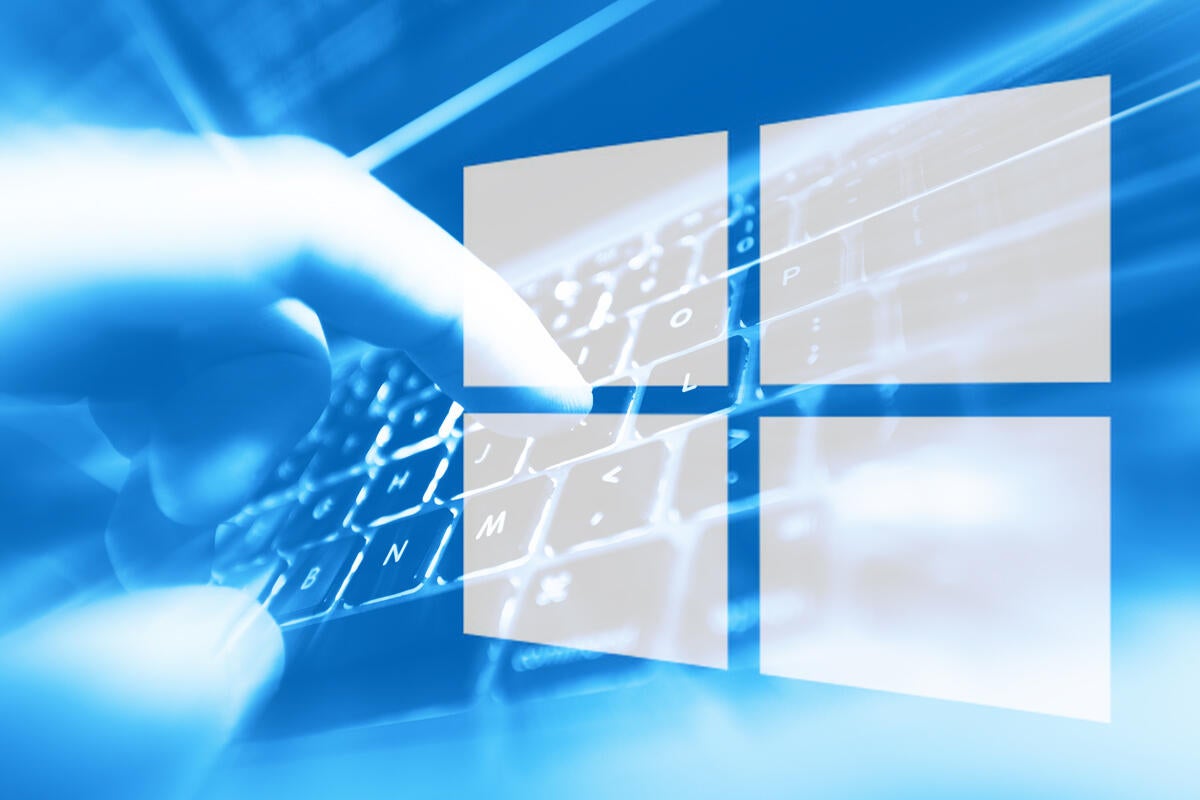Music
Trailers
DailyVideos
India
Pakistan
Afghanistan
Bangladesh
Srilanka
Nepal
Thailand
StockMarket
Business
Technology
Startup
Trending Videos
Coupons
Football
Search
Download App in Playstore
Download App
Best Collections
Technology

Apple will ship the next major macOS release, 10.14 Mojave on September 24, meaning thousands of Macs currently used in the enterprise will be due for an upgrade. With a successful iOS upgrade under your belt, herewhat you need to do to prepare your Macs for the next iteration of the OS.
Which Macs are compatible
The following Macs are compatible with macOS 10.14 Mojave:
- Details
- Category: Technology
Read more: The enterprise guide to the September 24 'Mojave' upgrade
Write comment (99 Comments)
Microsoft's decision to extend Windows 10 support to 30 months for customers running the Enterprise edition leaves small business users adrift, a patch expert argued.
"Keep in mind that this only applies to those who have purchased Enterprise and Educational versions. I'm a SMB (small- or medium-sized business). We buy Windows 10 from Dell and HP," said Susan Bradley, a computer network and security consultant, in an email reply to questions. Bradley also moderates the PatchMangement.org mailing list, where IT professionals exchange tips on patching tradecraft, and she writes for AskWoody.com, the Windows-centric site run by Woody Leonard, a Computerworld columnist.
- Details
- Category: Technology
Read more: Windows 10's new support policy a slap to SMBs
Write comment (100 Comments)
It's tough to talk about Project Treble without getting lost in a forest of technical gobbledygook.
And it's no wonder: Project Treble (take a deep breath) is Google's ambitious effort to rearchitect Android in order to establish a modular base in which the lower-level code created by silicon vendors is separated from the main Android operating system framework so that device manufacturers can update the OS code without having to rely on silicon vendors to refresh the lower-level code for every release.
Whew! See what I mean
In reality, though, Project Treble doesn't have to be so complicated. Let's break down what Treble is actually all about, in real-world terms — and what it actually means for you, as someone who uses Android and doesn't necessarily speak the language of mumbo-jumbo.
- Details
- Category: Technology
Read more: What is Project Treble The Android upgrade fix explained
Write comment (93 Comments)This pilot fish is doing support work for some local schools where something odd is going on.
"I kept getting calls from one particular classroom in an outlying school," says fish. "The children were having trouble getting the computers to respond to the mice."
So, time after time, fish goes to the school the next morning to check out the problem. Fish cleans the rubber balls and rollers in the mice, checks the computers and makes sure everything is working fine.
But the calls keep coming in -- even after fish swaps in some new mice that test out perfectly.
An answer doesn't come until one day when fish is running late and doesn't get to the school until midafternoon.
- Details
- Category: Technology
Read more: Throwback Thursday: Mini hands make light work
Write comment (94 Comments)Graph databases have always been useful to help find connections across a vast data set, and it turns out that capability is quite handy in artificial intelligence and machine learning too. Today, Neo4j, the makers of the open source and commercial graph database platform, announced the release of Neo4j 3.5, which has a number of new features aimed specifically at AI and machine learning.
Neo4j founder and CEO Emil Eifrem says he had recognized the connection between AI and machine learning and graph databases for awhile, but he says that it has taken some time for the market to catch up to the idea.
&There has been a lot momentum around AI and graphs…Graphs are very fundamental to AI. At the same time we were seeing some early use cases, but not really broad adoption, and thatwhat we&re seeing right now,& he explained.
AI graph uses cases. Graphic: Neo4j
To help advance AI uses cases, todayrelease includes a new full text search capability, which Eifrem says has been one of the most requested features. This is important because when you are making connections between entities, you have to be able to find all of the examples regardless of how itworded — for example, human versus humans versus people.
Part of that was building their own indexing engine to increase indexing speed, which becomes essential with ever more data to process. &Another really important piece of functionality is that we have improved our data ingestion very significantly. We have 5x end-to-end performance improvements when it comes to importing data. And this is really important for connected feature extraction, where obviously, you need a lot of data to be able to train the machine learning,& he said. That also means faster sorting of data too.
Other features in the new release include improvements to the companyown Cypher database query language and better visualization of the graphs to give more visibility, which is useful for visualizing how machine learning algorithms work, which is known as AI explainability. They also announced support for the Go language and increased security.
Graph databases are growing increasingly important as we look to find connections between data. The most common use case is the knowledge graph, which is what lets us see connections in a huge data sets. Common examples include who we are connected to on a social network like Facebook, or if we bought one item, we might like similar items on an ecommerce site.
Other use cases include connected feature extraction, a common machine learning training techniques that can look at a lot of data and extract the connections, the context and the relationships for a particular piece of data, such as suspects in a criminal case and the people connected to them.
Neo4j has over 300 large enterprise customers including Adobe, Microsoft, Walmart, UBS and NASA. The company launched in 2007 and has raised $80 million. The last round was $36 million in November 2016.
- Details
- Category: Technology
Read more: AI could help push Neo4j graph database growth
Write comment (98 Comments)Bird just announced 10 million scooter rides since launching about one year ago. If this story sounds familiar to you, itprobably because Bird competitor Lime earlier today announced it surpassed 11.5 million rides across its shared bikes and scooters.
Bird, which launched last September in Santa Monica, Calif., currently operates in 100 cities and has over two million unique riders, Bird founder and CEO Travis VanderZanden told TechCrunch. But Birdfirst year of operations has been full of ups and downs.
Many of the downs have been around regulatory issues. Bird faced, and overcame them, in Santa Monica but failed in San Francisco.
&I think anytime you&re doing something new that the cities haven&t contemplated before, there always seems to be gray area on where you fit in in the regulatory environment,& VanderZanden said. &Cities hadn&t thought about electric scooters and electric scooter sharing. We collaborated very closely with the cities we&re in now.&
Although San Francisco did not grant an operating permit to Bird — the city gave them to Scoot and Skip — VanderZanden stressed that &San Francisco is one city. We&re in 100 cities.&
He also said Bird is not looking to appeal the decision in San Francisco. Lime, however, is in engaging in the appeals process.
As Bird enters its second year of operations, the name of the game is to double down on its efforts with cities and building out its government tech platform. Bird is also looking into manufacturing its own scooters to provide more durability to its customers and differentiate itself from other scooters on the market.
&We&ve been investing heavily in that area,& VanderZanden said. &You&ll start to see new vehicles coming from us soon.&
He added, &we want to keep building vehicles that are more ruggedized but also vehicles that have new features for the riders as well.&
And Bird definitely has the funds to do that. To date, Bird has raised $415 million in funding for shared electric scooters.
- Details
- Category: Technology
Read more: Bird hits 10 million scooter rides
Write comment (100 Comments)Page 4119 of 5614

 7
7





